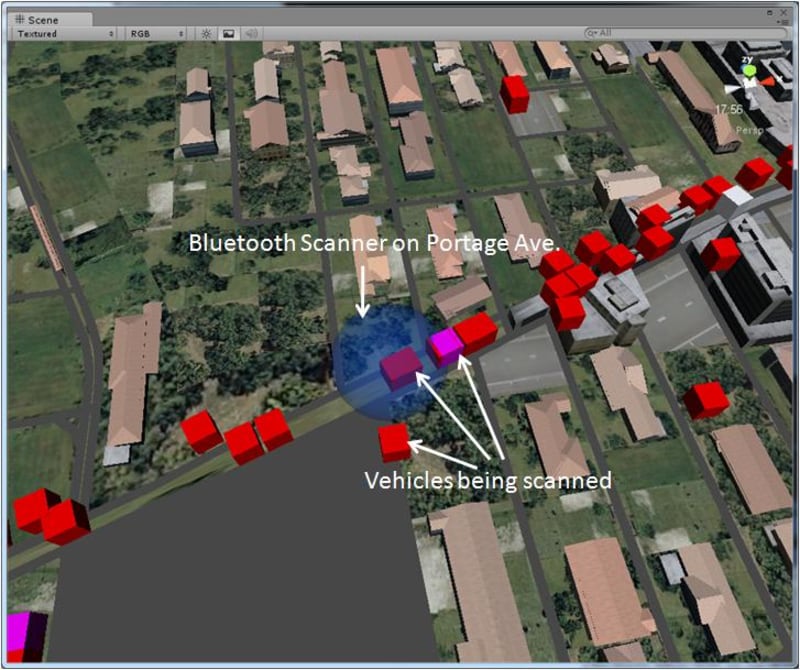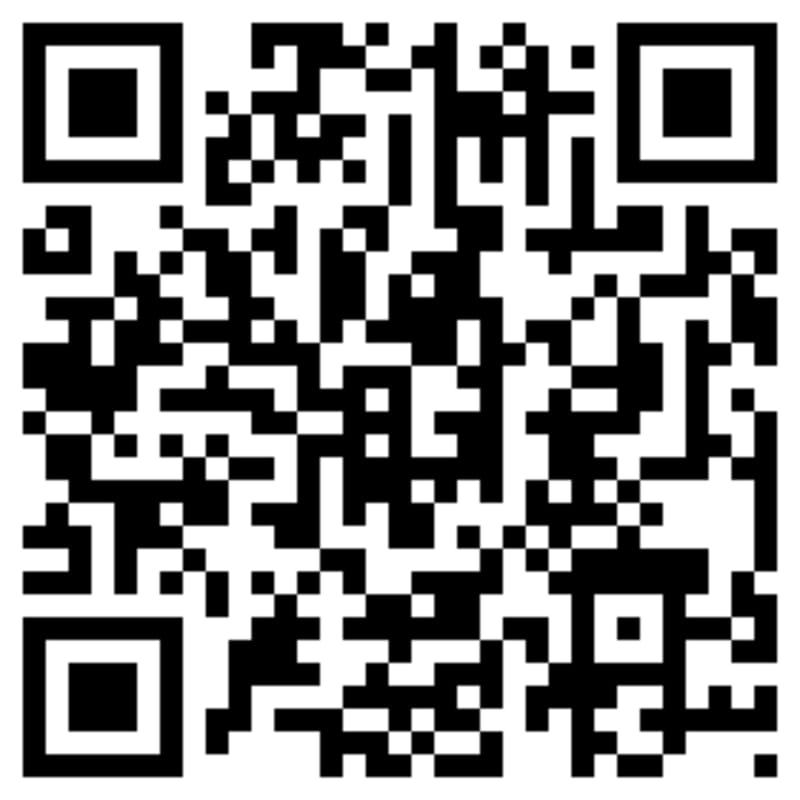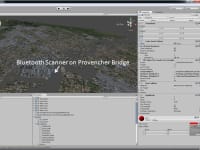Our idea is to integrate as many real data sources as possible to build real time models of urban traffic environments to improve safety and efficiency of traffic, and to provide urban and emergency response planners with a simulation framework from which to evaluate and compare policy and procedures.
In Intelligent Transportation System (ITS) applications, system intelligence is derived from a consolidation of data from multiple, disparate, and non-obvious sources. To demonstrate proof of concept, our data sources to infer vehicular and pedestrian movement patterns include Bluetooth proximity data scanned from Smartphones (fine-grained; representative), trajectories inferred from cellular records (coarse-grained; plentiful), and GPS equipped probe vehicle data. These data sources are stratified in both time and space and are inputs into agent based modeling and advanced visualization technology derived from game engines, in order to detect and manage both predictable and emergent traffic behaviours.
Applications include:
•Modeling ITS and traffic flow (Environmental impact of more efficient traffic flow; Concomitant Societal benefit)
•Infrastructure upgrade/planning (Prediction of disruptive impact Plan for road capacity modifications)
•Model pedestrian/vehicle interaction (Integrated pedestrian movement in modeling & simulation)
•Improve public transportation (Extending model to include ridership)
•PHEV: Plan for charging stations and requirements (Improve parking resources and management (Vehicular Social Networking))
•Emergency planning/policy modeling (Evacuation/rescue in natural/human-made disasters)
•Impact and planning of ‘park and ride’
•Impact of changing distributions of vehicle sizes
•Impact of electronic tow bars in urban areas.
•Simulation and modeling for technology evaluation; modeling uncertainty
Extensions include real time proximity traffic feedback.
This idea highlights the potential of existing and new data applications toward emerging, data-intensive telematic applications, as well as their associated challenges and applications. In increasingly integrated applications, the intelligence and value are derived from a consolidation of multiple data sources and thoughtful approaches to data fusion and mining. Applications developed for next-generation vehicular telematics in the area of traffic control and modeling involve data collection leveraging existing 3G/4G telecommunication infrastructure, wireless device interactions over Bluetooth and advanced visualization technology derived from computational graphics and game engines as well as modeling technologies based on agent based modeling.
Specifically, this idea introduced: i) a novel Bluetooth application for the collection of close-proximity contact data as proxied by consumer electronic devices; ii) the novel use of cellular records to infer traffic flow of a statistical percentage of anonymized persons; iii) data integrated from GPS equipped probe devices and iii) the potential integration of technologies within a pedestrian and vehicular agent based traffic model with visualization provided by serious game technology. In this context, these technologies are arguably in their infancy but will have a place in the future. The open-source framework will allow planners and policy makers to compare and evaluate the impact of decisions and provide guidance to consequences through detailed simulation what-if scenarios.
Like this entry?
-
About the Entrant
- Name:Bob Mcleod
- Type of entry:teamTeam members:Bob McLeod, Ryan Neighbour, Bryan Demianyk, Julian Benavides, Marcia Friesen
- Software used for this entry:City Engine, Unity
- Patent status:none








